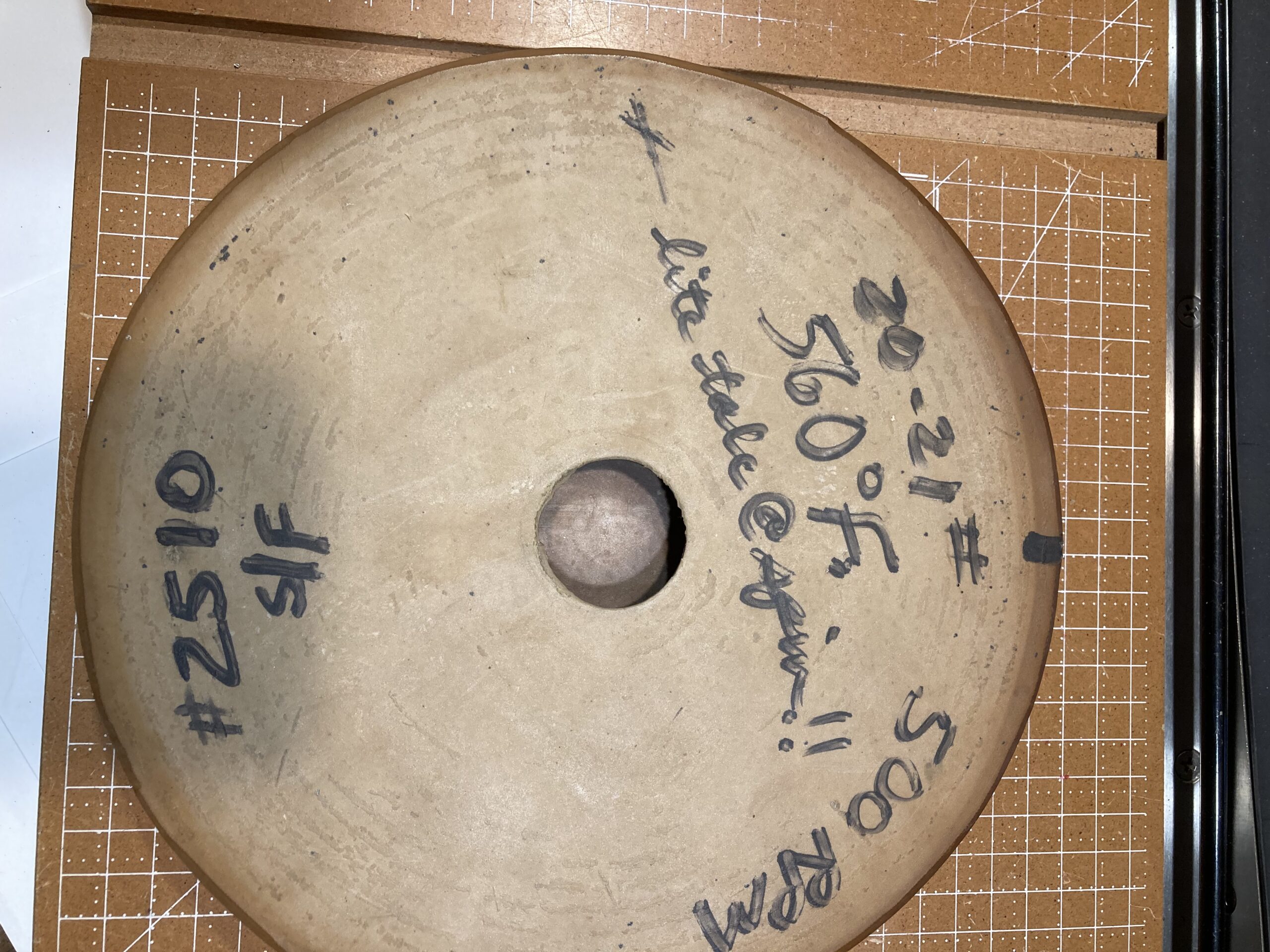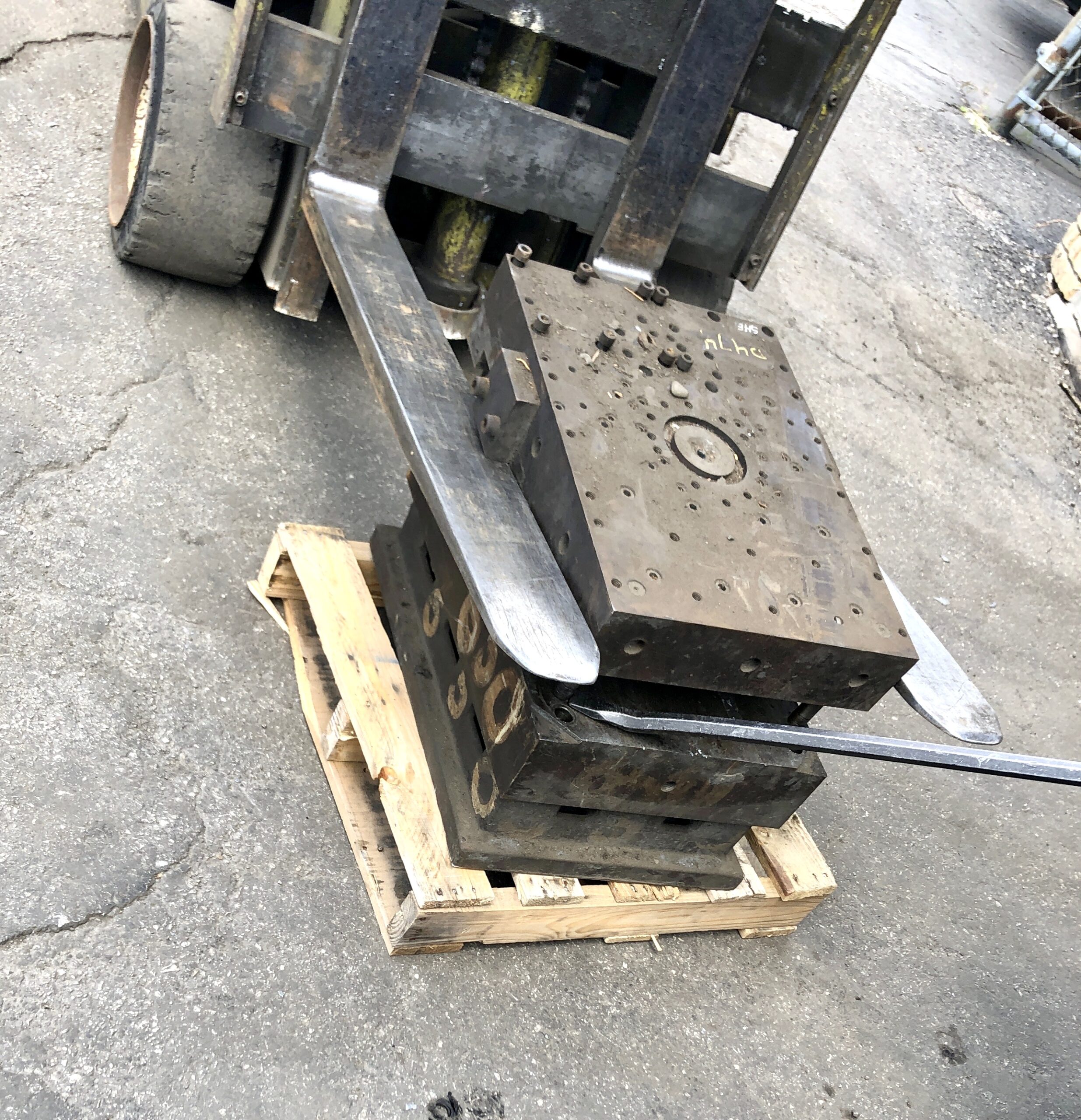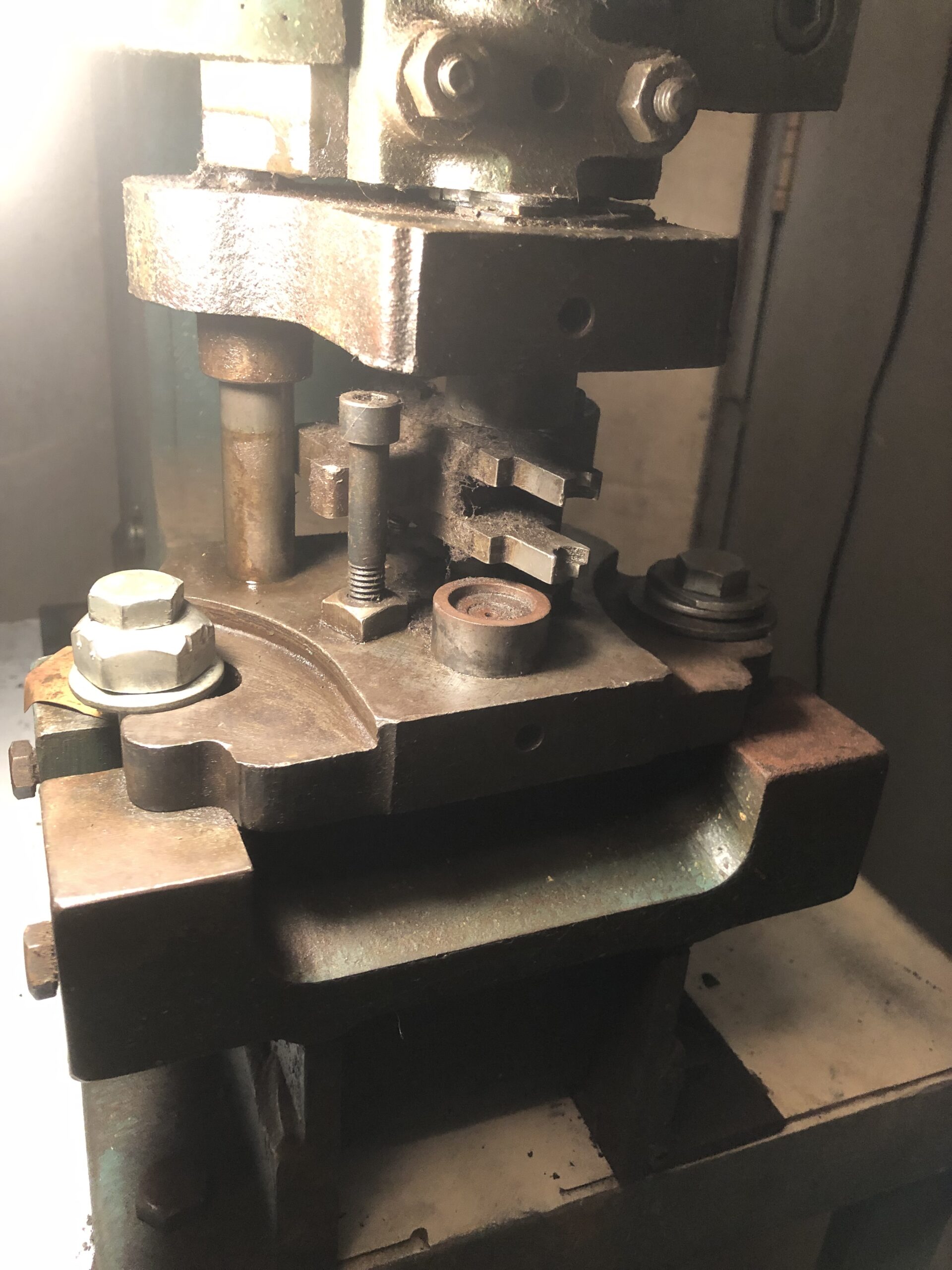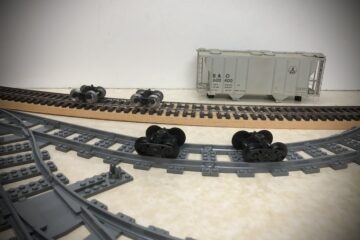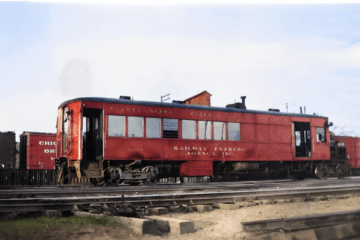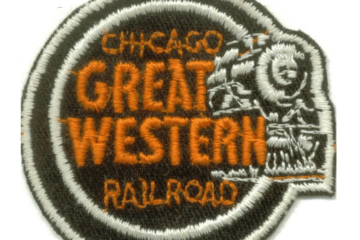A grand hello to all my fellow model railroading colleagues! Did you ever wonder how the All Nation Line Engines and other small detail parts are made? The creativity and ingenuity of those who have come before us have made a genuine, long lasting “impression” to say the least. Expertise in design and machining were required to develop these products. The work began in the 1930-40’s, and we still use the same tooling and die machines today!
Three processes are utilized to make many of our products:
Spin Casting, Die Casting, and Stamping or Kick Presses
Spin Casting:
Spin casting dates way back and even today people make jewelry with a spin or centrifugal process of forcing molten metal into a mold. Spin cast dies in the manufacture of model railroad parts is still in use today but perhaps slightly more advanced. Once a pattern is made of a particular part, it can be used to make an impression in a rubber based mold that must be vulcanized so that it can withstand the heat of molten metal. Typically, the die is made of 2 halves so they can be separated after the metal cools. Softer low melting point metals are used such as tin, lead, pewter or zinc as a few examples.
Die Casting:
Die Casting of course is another method to make parts. Pictured below is one of our large dies machined out of tool steel for mounting into a 60 ton die casting machine. Again, the die has 2 halves. The 2nd photo is half of the die for casting the F3 or F7 roof ends. Zinc heated to around 790 degrees is injected into these dies and the parts are then extracted. These dies weigh about 1200 to 1500 lbs., mounted into the machine which takes about 32 hours to warm up before injection can start.
The question is, how were these made to such a high degree of accuracy back in the 1940s? The parts were first drafted in blueprints and models were made by model maker craftsman. The tool and die fabricators and machinists utilized a pantograph milling machine to cut or mill the tool steel that would become part of the die shoes for mounting into the casting equipment.
Kick-Press:
Stamping to fabricate many of the different parts used in everyday products, appliances, automobiles is many times the preferred way to manufacture many thousands of the same part rapidly. For parts requiring tonnage greater than 10 or 15 tons, large hydraulic presses are used to cut, punch and form parts. Most of our very heavy dies will be taken to a company that has the machinery to use our dies to stamp the larger box car parts. For parts that are smaller and where the metal is much thinner, a kick press is adequate for many operations.
Box car ends may require 4 different dies, each having a function because these are not compound dies. The functions include cutting a blank, punching holes along the vertical edges, forming the ribs and finally folding the vertical corners to get a realistic part.
In the photo below is a work holding die mounted in a calibrated kick press to press wheels onto axles. Many operations do not require much pressure but the work holding is a very key feature that must be done correctly at setup time to create the desired results.
There was a world before 3D printing, and it still fascinates us that the clever machinists and techniques are still alive and kicking! 🙂 Pun intended…
Technology today with CAD/CAM programs for modeling parts in 3 dimensions and the flexibility of 3D printing takes away a great deal of the pain in scratch building prototypical models. I am not sure it actually makes me a craftsman any more because it is so easy. Parts can be printed, and casting made from the parts by a foundry drastically reduces the cost of making molds for die cast or plastic injection molded parts. This will be more common for the one-off projects.
We will be posting a series of videos. They will demonstrate the use of our tooling to make parts for models with many of our tools that have been repaired, upgraded or refurbished for the interest of model builders.
To start you out on one of our videos, here is an example of our wheel press / kick press! Enjoy!
